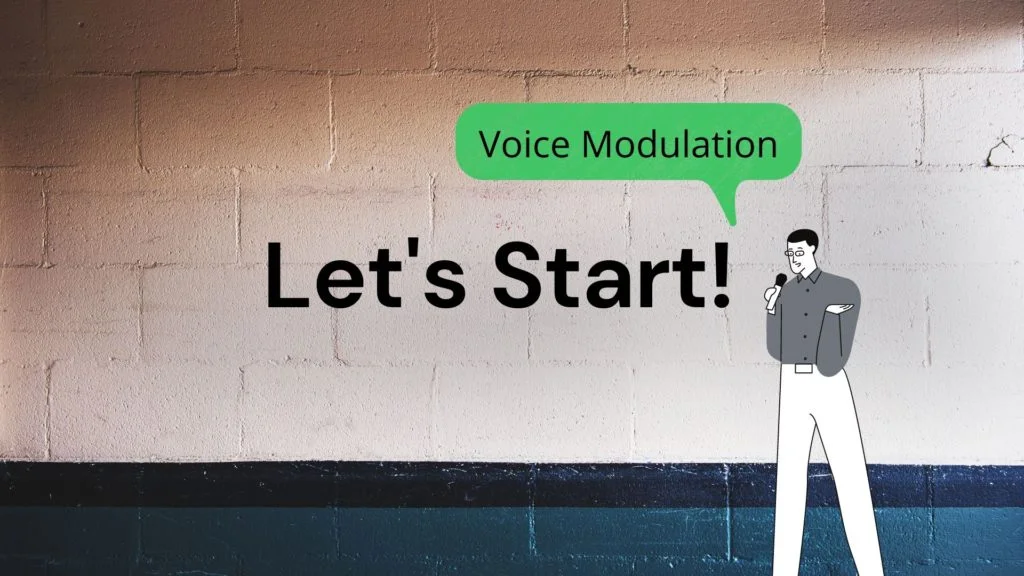Storytelling or story narration is a bilateral art of engaging words and actions to greet the ingredients of a story while supporting the audience’s imagination. Some folks have mastered this skill, while others just put us to sleep the second they open their mouth. The magic that makes all the difference is the gamut of voice modulation.

Well, there are plentiful factors that draw the attention and interest of listeners towards the narrator. Believe it or not, voice modulation is one of the crucial aspects of successful storytelling. After all, it signifies controlling and adjusting the sound of our voice as we speak. And trust us to have you covered on this point! We know how much you’re persevering to have your child show some interest in the tales you come up with. And this is why, we bring for you, the top tips on voice modulation while storytelling!
The Impact of Voice Modulation on Storytelling
Voice modulation makes communication turn into articulation. Controlling the larynx, also called the voice box of the human body, in the most precise way according to the flow of the story is an art. It prevents you from sounding dull and monotonous.
Therefore, you must use effective voice modulation techniques besides clarity, confidence, and competence to trigger a reactive emotion in our listeners. Learning how to project our voices vertically and horizontally is a powerful method to engage the audience at different levels. So, if you ignore the modulation of your voice, then it becomes flat, and you appear as languid speakers with no command over your voice.

You use this technique even in your daily lives while conversing with people. But when we are standing in prominence, you must sharpen the tools in your arsenal before storytelling, speech tonality, emphasis, pauses, silence, vocal variation, pace, resonance (timbre), intonation, and inflection.
The Best Voice Modulation Tips for Storytellers
A story has a lot of diversity in terms of characters, emotions, and messages. Therefore, you need to control and check when to go louder or softer, faster or slower, dramatic or emotional.
The audience critics the elocutionist in the initial one and a half minutes to know whether they are going to listen to him/her any further or not. So, you need not worry as you can improve voice modulation by practice –

Opening Up the Larynx
This is the stepping stone while learning voice modulation. There are a few ways to unfold the voice box. Firstly, we must learn to enunciate properly. Speaking words that sound crystal clear so that it reaches the listeners’ ears. Pronounce even the smallest word. Avoid running words together. The tiny breaks between the sounds help distinguish one word from another. We must also understand the power of emphasis. Moreover, the exact syllable on which we emphasize is the point of control.
Achieving the Richest Voice
Some of us are insecure about the way we sound. But don’t you worry. There are ways that can improve your speaking voice to inculcate confidence within yourself.
You can start by recording and analyzing a passage in our voice and judging this on various scales likes raspiness, creakiness, etc. In addition, you should also work on your speech if it is hard to understand or follow. After all, airflow is also an important skill to learn to cause magic in our tone.

Grasp the Emotion!
A story has lots of crests and troughs. Therefore, you should have an understanding of the moments where the words should be spoken powerfully or softly as the story changes its course. Stressing on strong and bold words and being tender with delicate words captivate the listeners.
Drop the ‘uhhhhh’ and ‘ummm’
Inconsistencies in storytelling can irritate the audience immensely. Listeners appreciate the flow of a story- the mechanics of storytelling often work like eating a carefully prepared Caesar Salad. We relish the taste of it…until we find a large hair peeking out from the lettuce…or if the vinaigrette was particularly acrid in taste. Storytelling often works like that- verbal fallacies can ruin the whole experience of storytelling. Therefore, we recommend you practice and overcome this perfectly normal challenge.
Effective Pauses
Pauses are essential. They build curiosity in the minds of the people listening to us. Therefore, you have to ensure that you don’t take very long pauses, boring the audience instead. This will help you build a road map in your own mind regarding the story, and hence you can connect more to it.

Practicing Variation
You should learn to play opposites. For that, you can produce a number of tones and use them during narration.
If you normally use a high pitch, you should get comfortable with a low pitch and vice versa. Only the variation in your tone can convey our expressions.

Vocal Warm Up Exercises!
- Jaw release – It reduces tension between the mouth and the jaw while speaking.
- Lip trills- It releases lip tension and makes breathing and speaking easy.
- Tongue trill- It relaxes the tongue.
- Two-octave scales- It stretches the vocal folds.
- Lip buzzing- It helps in improving the focus of the sound and stretch on the vocal folds.
- Humming- It highlights different vibrations on facial bones, lips, and teeth.
You can also check out these vocal warm-up exercises before speaking to know more!
Listening
Learning a skill from people who have already aced it is an effective way to improve. Listening to podcasts, radio jockeys, watching a play, etc., are a few sources. You should do this again and again and try to grasp the manner in which they speak.
Learning to Speak From the Diaphragm
Speech volume and the ability to project voice is controlled, not by the vocal cords but by the diaphragm. The diaphragm is a dome-shaped sheet of muscle that sits below your lungs.
When the diaphragm contracts, it reduces the pressure in your chest cavity and expands your lungs. When it relaxes, it increases the pressure, forcing air out over our vocal cords.

Benefits of voice modulation in storytelling
- Keeps the audience invested in the story
- Conveys the emotion in the story
- Makes the story a little dramatic
- Engages the audience’s imagination
- Reflects confidence
- Leads to better comprehension
- Brings clarity in communication
- Brings flexibility and vitality in storytelling
Parting Words
The role and intensity of voice modulation in storytelling and in every kind of verbal communication are crucial. Though it is not a difficult thing to achieve, practice is the only key to learning it. After all, it reflects confidence in the speaker and convinces the audience to believe in the ideas and notions of the story. This is the influence of voice modulation.
At Podium School, we cherish the spirit of learning with innovation- therefore, we encourage you to subscribe to Podium Prime- a premium forum where we have fun workshops on storytelling, public speaking, creative writing, and more by experienced faculty who simply brings out the best in learning. Do not forget to regularly check in to the Podium Blog for more such updates on storytelling.
Make sure you look out for our updates on Public Speaking archives as well. For instance, read up this wonderful article on how to avoid mind-blanks while speaking in public!
Share with your friends





